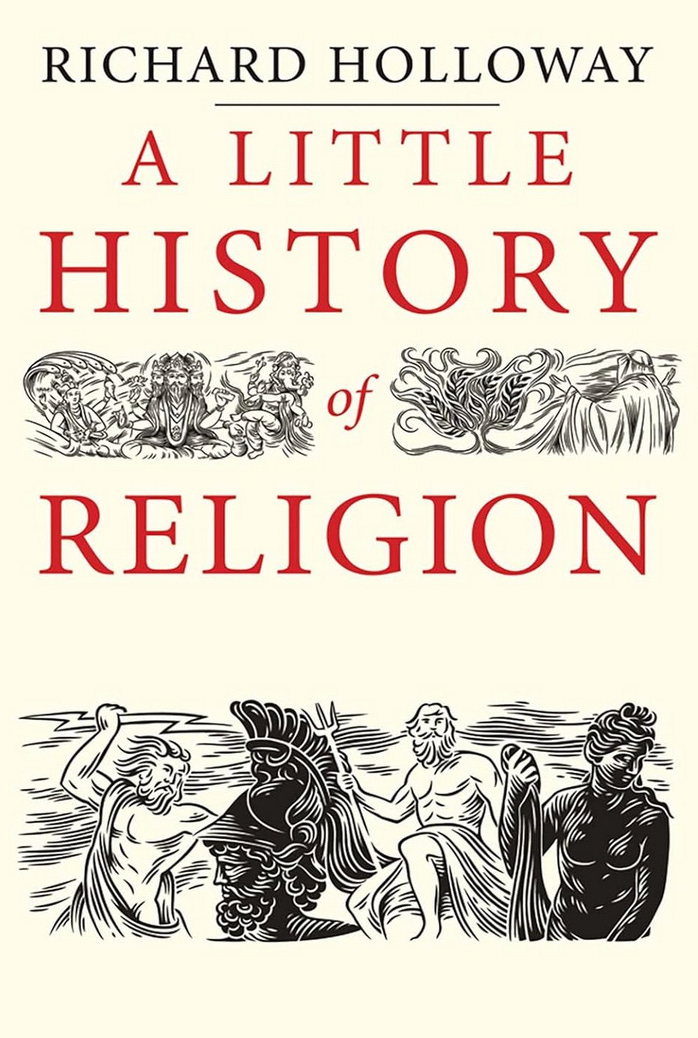An awful lot of what lands on pupils’ desks is pretty dull.
What I mean is that the visuals aren’t as appealing as they might be.
And the prose can often be sub-Wikipedia content: factually correct but with no energy or personality.
We might argue that this doesn’t necessarily matter: if the content is good enough for pupils to learn something, then why not leave it at that?
Except, I believe it matters on two counts:
The first is that our pupils deserve the best: in terms of visuals and artwork, it’s my view they should be gorgeous, not just for their own sake but because great visuals provoke curiousity.
And if we’re curious about something then we’re a step closer to wanting to learn about that thing!
The second reason I believe it matters to be intentional about the quality of the content is that while it’s possible to learn the curriculum with materials that are often dreary, why wouldn’t we get the same job done but with brilliant writers who are experts in the domain?
I’m thinking of Carlo Rovelli’s Seven Brief Lessons on Physics where he explains Einstein's theory of general relativity, quantum mechanics, black holes, the complex architecture of the universe, elementary particles, gravity, and the nature of the mind. The reason it’s a best seller is because Rovelli is a theoretical physicist who writes like an angel.
We find this again and again with academics who are experts in their fields: they are often able to take the big ideas of the subjects and make them accessible to everyone.
How do they pull this off? Well, they know how to tell a good story! Rovelli’s book is a page-turner. And so is Marc Morris’ The Norman Conquest and Richard Holloway’s ‘Little History of Religion’ which is why they are the texts underpinning the first two units in the Key Stage 3 Ambitious Years project.
The first unit for Yr 7 history on the Norman Conquest, based on extracts from Marc Morris’ book, is now available with teacher resources and pupil booklets ready to download from Myatt & Co.
I’ve just published the Yr 7 unit for religious education. It’s called ‘Is Anybody There?’ and it’s based on chapters from Richard Holloway’s ‘Little History of Religion.’
The teacher resources and pupil booklets are available on Myatt & Co, access with an annual or group subscription.


Until next time
Mary




Couldn't agree more, Mary. If we want our children to become passionate about reading and about the subjects we teach, then beauty and craft, not drudgery, is the way to do it.